California Model School: Albert Einstein Academies
Heartzones
FEBRUARY 28, 2024
For 10 years, we would take breaks during our activities to assess our heart rate by palpation. Brian Nassif sees that all his students are engaged when they get instant visuals of their heart rate and how their movement impacts them. Once children found their pulse, they became both excited and intensely focused.

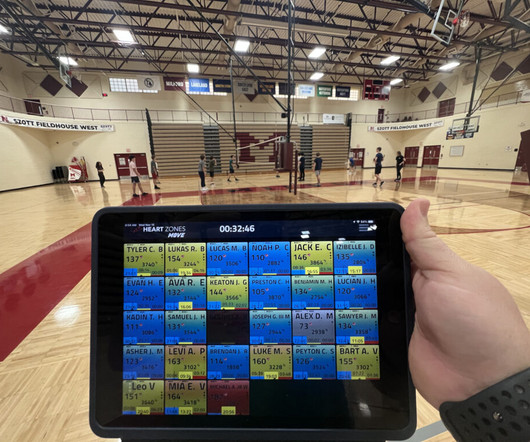
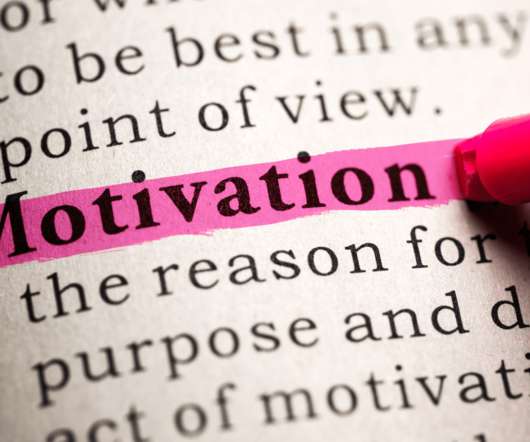
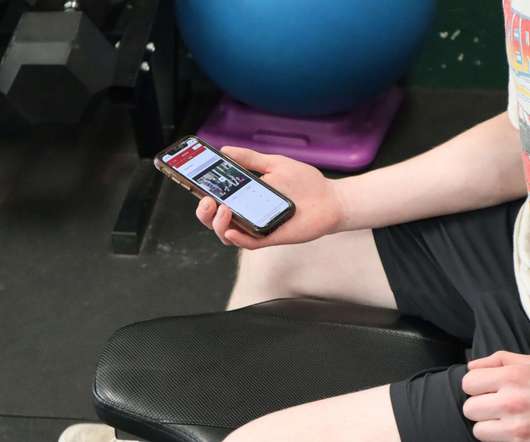
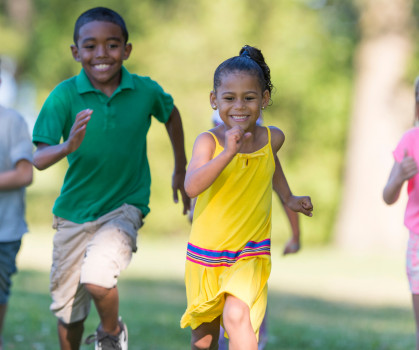
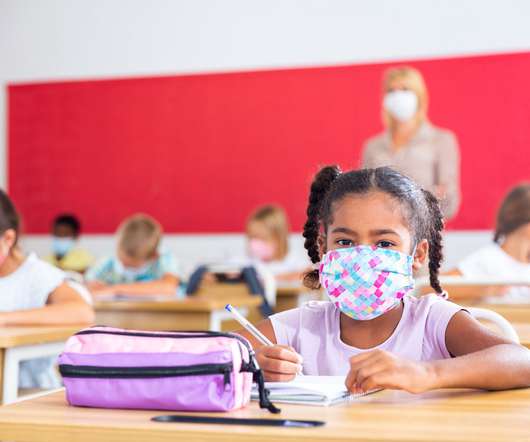
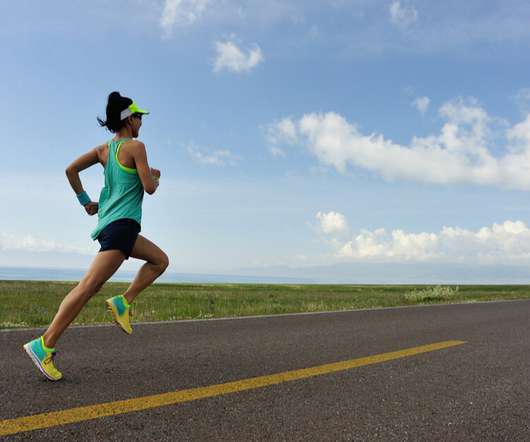







Let's personalize your content